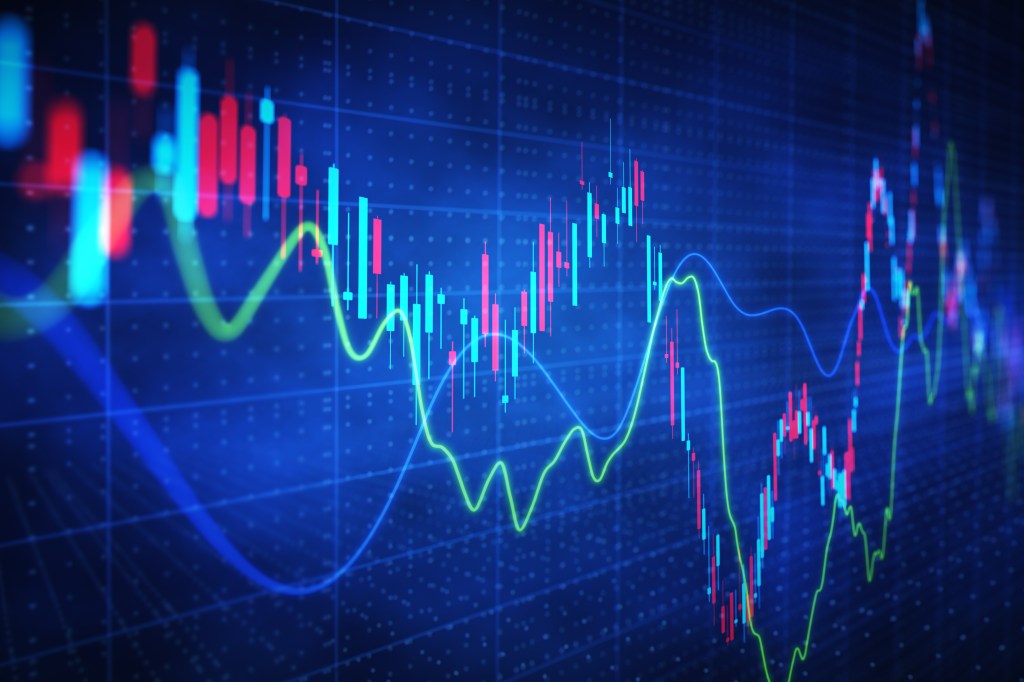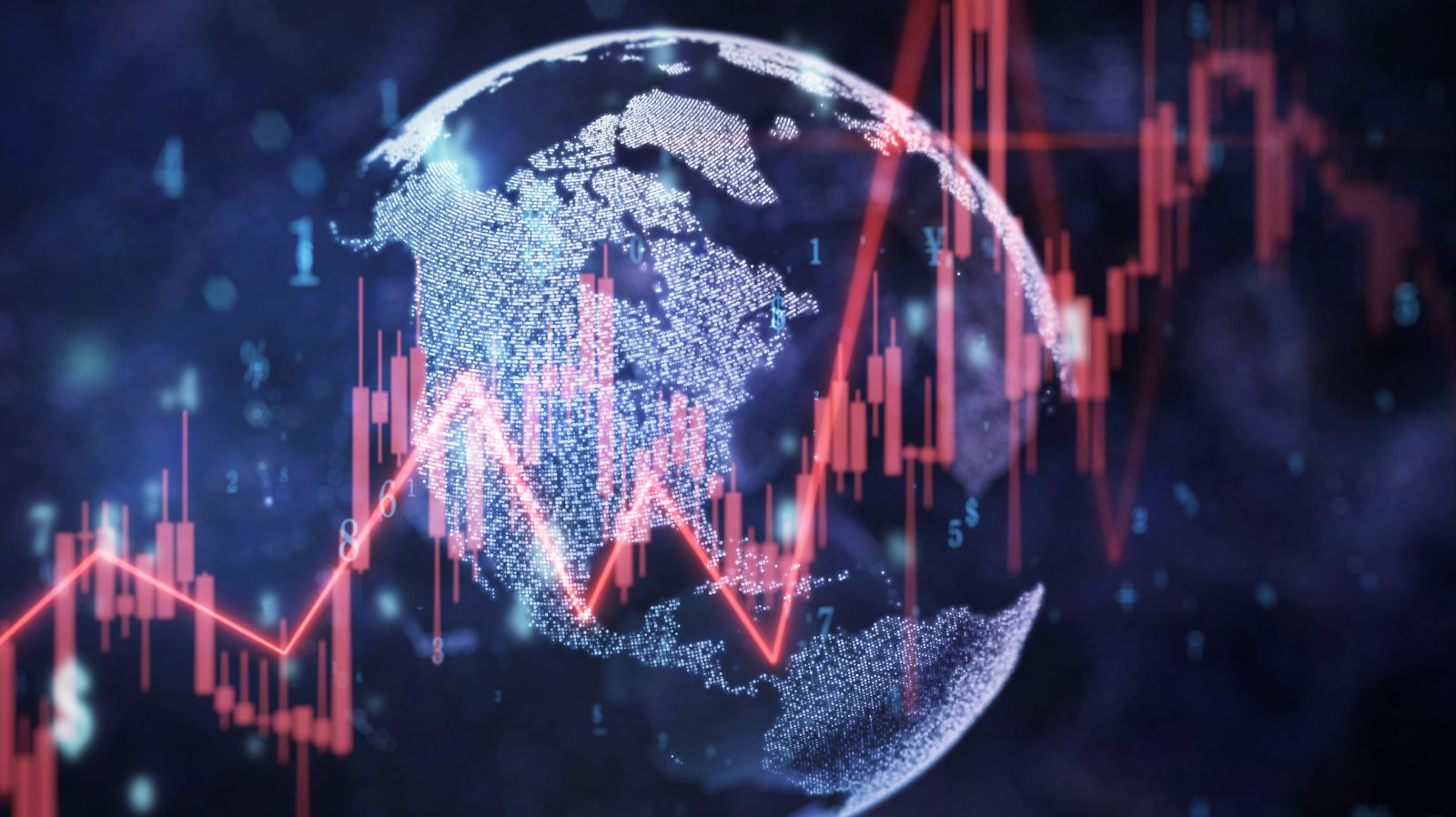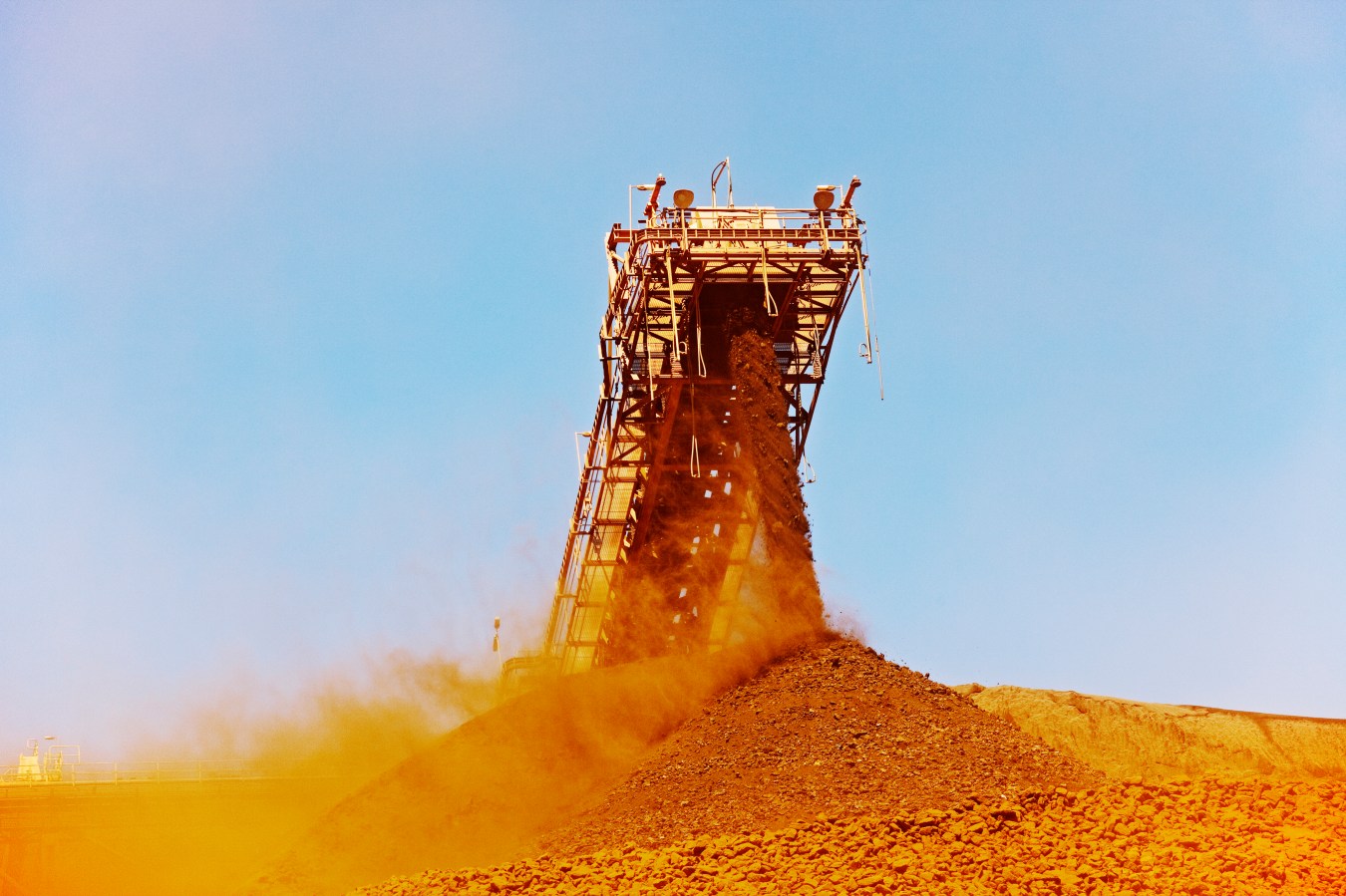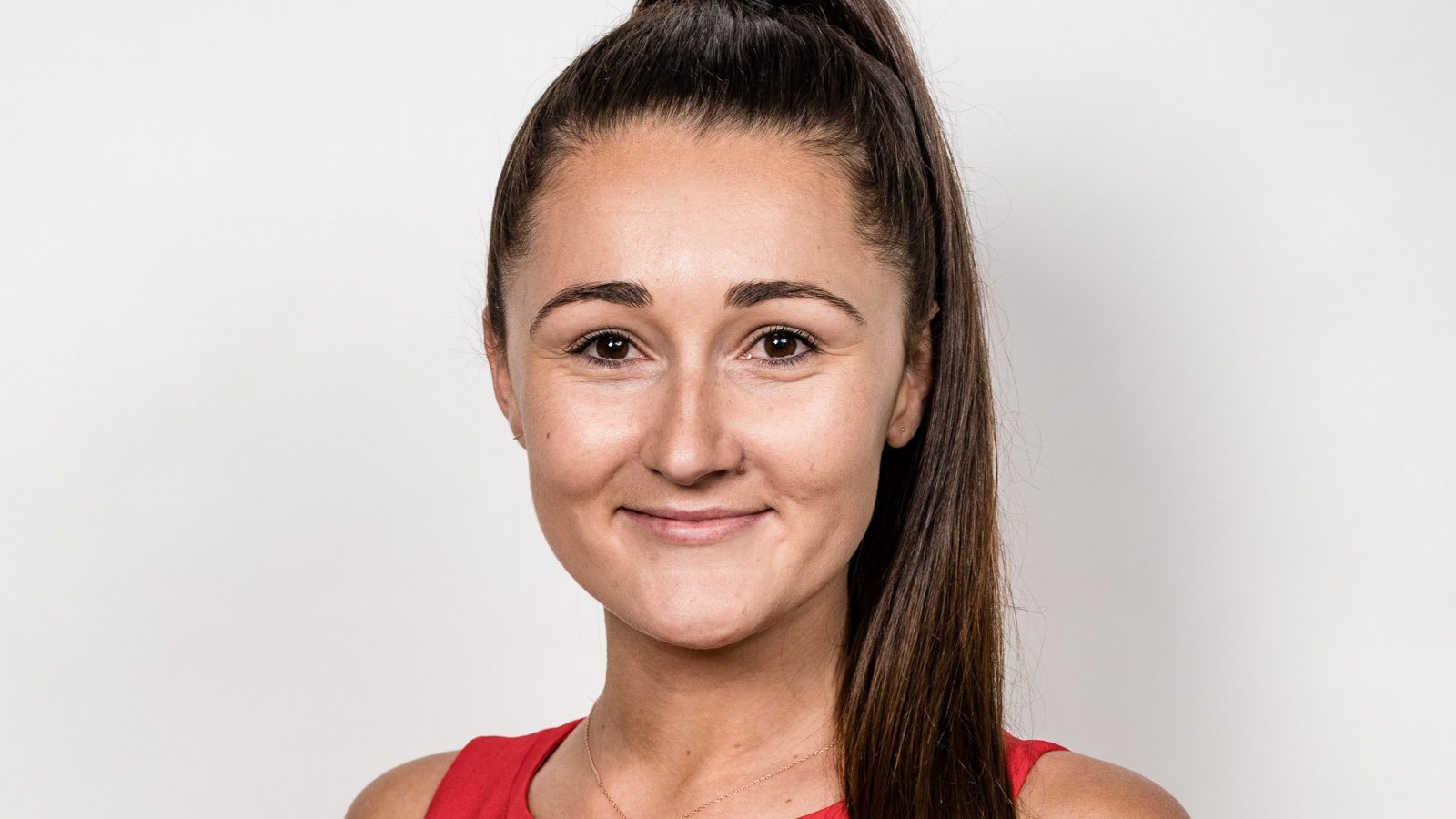Markets have had a great start to 2023, but is it real or some sort of virtual reality?

The US stock market has risen by 15% over the past three months as investors have looked through gloomy economic forecasts for 2023 to an anticipated recovery in 2024, says Tom Stevenson, investment director at Fidelity International. The FTSE 100 has hit a new record high. The ASX 200 is up by more than 5% year to date.
The market likes to pre-empt recovery, but investors seem to have turned up to this party before the invitations had even been printed, says Stevenson, who had fully expected the market to turn higher in the middle of the year about the time it was clear that inflation was on a sustainable downward path and interest rates had peaked.
He says that the markets are making some heroic assumptions about how far interest rates will go and how quickly they will come back down again.
“Investors have decided to accept optimistic earnings forecasts, put their faith in a soft landing and ignore central bank warnings that their job is not yet done,” he says.
It remains a tantalising possibility that the market has seen something that the rest of us have not, says Stevenson, who adds that Goldman Sachs has just said it believes there is now only a 25% chance of a US recession this year, less than half the consensus view.
“Europe, which looked like it was heading for an inevitable contraction, now looks like it has dodged the bullet too. In the UK, the first cut of fourth quarter GDP may show that a technical recession has been postponed, for now at least.”
So how should investors be positioning themselves in such strange and uncertain times?
Halo Technologies Head of Global Equity Research Clay Carter says retail investors now have access to machine learning algorithms, which can rapidly analyse vast amounts of data to identify patterns and predict market movements.
“This has the potential to level the playing field for individual investors, who can now access sophisticated investment strategies previously only available to institutional investors,” says Carter.
Heloïse Greeff has been investing in eToro since 2016, delivering an average annual return of nearly 30%, according to her website.
With a background in artificial intelligence and a PhD in Machine Learning, she researches and publishes novel machine learning algorithms.
“I do not rely solely on forecasts made by generative AI,” she tells Forbes Australia. “Instead, its primary benefit is as a decision support tool to assist more informed decision making. For me, using generative AI as a decision support tool brings a 5-8% increase in the number of profitable trades I make. This is significant because not only does it increase my return, but it also reduces the computational cost for every decision I make.”

Greeff says AI can support technical and fundamental analysis, explaining, “I use natural language processing (a branch of AI) to analyse vast quantities of earnings reports, balance sheets, and other financial news and sentiments. This can help identify potential investment opportunities by narrowing down a company or sectors that I should analyse in more detail.
“AI is then used to automate technical analysis by using models to analyse vast amounts of market data in real-time to identify patterns and make predictions about future market movements. AI-driven investing approaches can help to speed up and improve the accuracy of both technical analysis and fundamental analysis to support (rather than replace) human judgement and intuition.”
With AI and machine learning beginning to occupy every aspect of our lives, Greeff says she would love to see more women and girls get involved in the field and undertake education to develop it further.
“Education in the sciences and technology should start from an early age through outreach programs at school, and even before that, with parents who encourage their girls to explore STEM subjects.
“If they show an interest, mentorship and sponsorship are critical to helping with career progression. And finally, flexible work arrangements should be offered to help women stay in STEM during their working life, without being subjected to the ever-so-present stigmas many working women – especially in STEM, face,” Greeff says.
What does it take to unlock new thinking in 2023 and beyond? What if we found success by balancing leadership, progression and remuneration with connection, wellness, passion and purpose? Hear from the cultural luminaries and industry icons at the frontline of progress, harnessing their power to turn ideas into impact. Buy tickets now to join the Forbes Australia Women’s Summit.
Over the past three years in Australia, CMC Markets has seen a 13% increase in female ALPHA Contracts–For–Difference (CFD) traders.
In the same period, total male ALPHA traders decreased by 7%, suggesting that the female investor’s rise is significant in the once typically male-dominated sector.
Female ALPHA traders (high-volume CFD traders) are identifying opportunities and trading short-term price movements across markets like the ASX 200 index, foreign exchange pairs including AUD/USD, and commodities such as silver, CMC data shows.
“These assets tend to be a popular starting point for traders because they’re familiar. Information and commentary are readily available across the media and our CMC Markets Analysts,” says CMC Markets Senior Sales Trader Kurt Mayell.
Seek independent advice and consider the relevant Terms and Conditions at cmcmarkets.com.au when deciding whether to invest in CMC Markets products. CMC Markets Stockbroking Limited (ABN 69 081 002 851 AFSL No. 246381).
Related content
CFDs trade on the price movement of underlying financial assets (such as forex and commodities), and fluctuations in price can be significant, so it pays to stay across market movements, Mayell says.
Fidelity International’s Stevenson has concerns about the current market movements.
“The reason I am concerned about the rally since October is not that the template from 50 years ago doesn’t fit but that we haven’t yet reached that moment of peak gloom. Recession remains a possibility, not a certainty, earnings are still flattish, not really falling, and the US Federal Reserve seems happy to let the market rise without further comment.
“We may not be at peak gloom, but we may be at peak Goldilocks. The market is convinced, rightly or wrongly, that central banks will pivot to easier policy just in time to avoid a recession and forestall a serious downturn in earnings. If that is how things pan out, then Mr Powell [Jerome Powell, Chair of US Federal Reserve] will have achieved what most of his predecessors failed to, a genuinely soft landing.”
For anyone looking to build their investments, says Stevenson, a prolonged period of consolidation before a renewed bull market begins may be a welcome opportunity to invest at a sensible price.
Look back on the week that was with hand-picked articles from Australia and around the world. Sign up to the Forbes Australia newsletter here.
This article should not be regarded as the provision of advice of any nature from Forbes Australia or anyone quoted in it. The article is intended to provide general information only and does not take into account your individual objectives, financial situation or needs. Past performance is not necessarily indicative of future performance. You should seek independent financial and tax advice before making any decision based on this information, the views or information expressed in this article.





